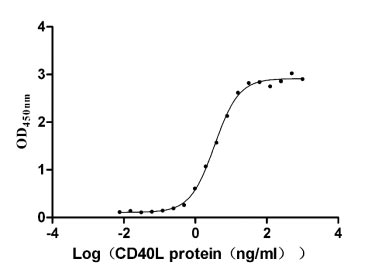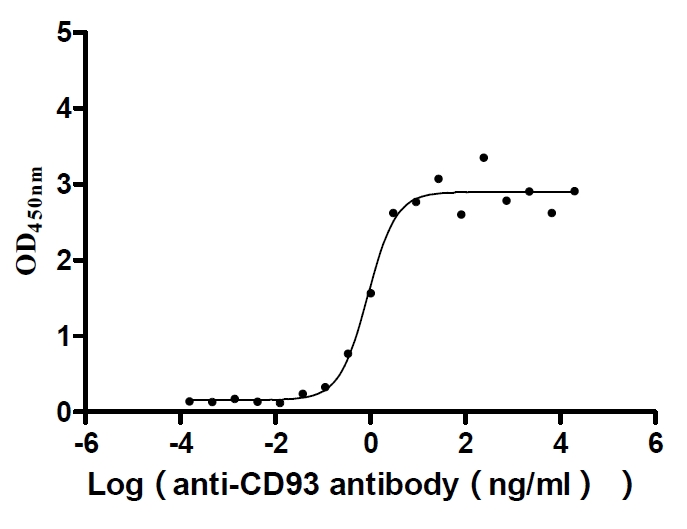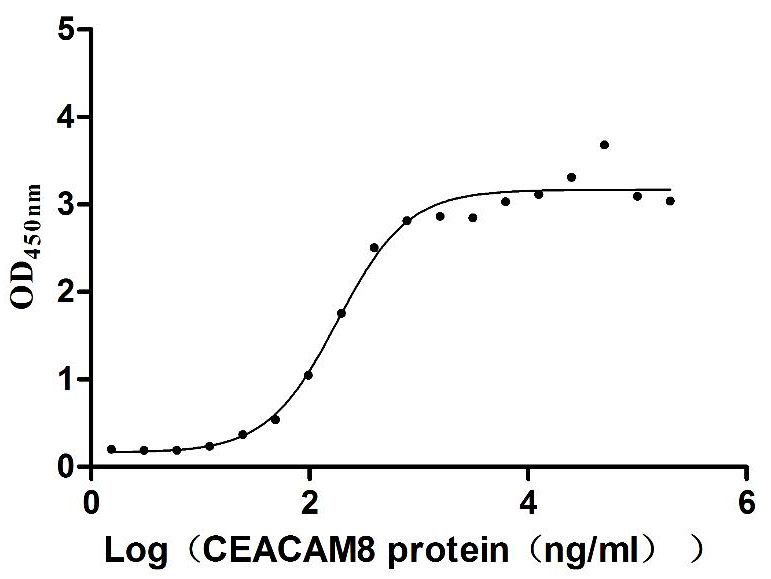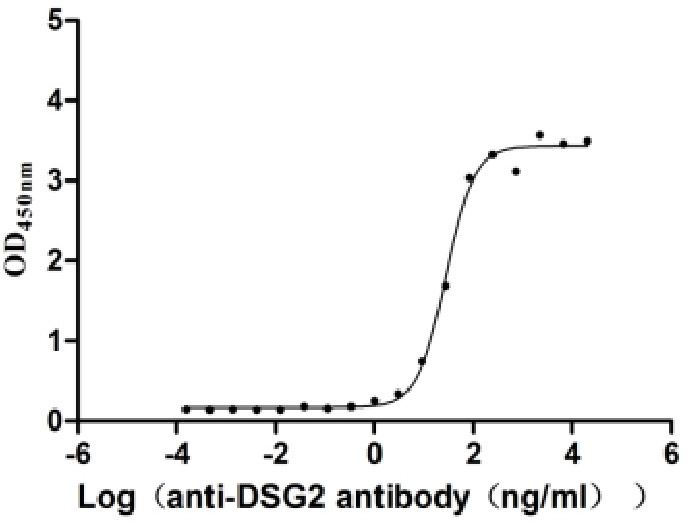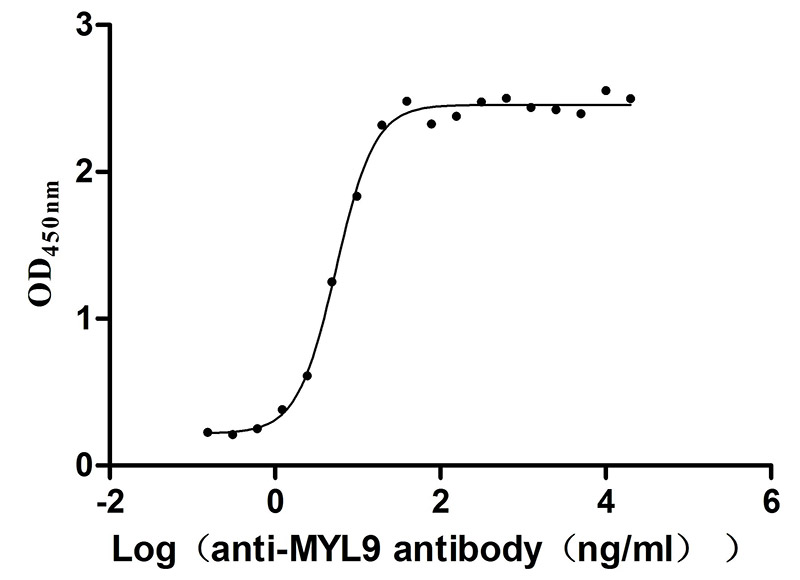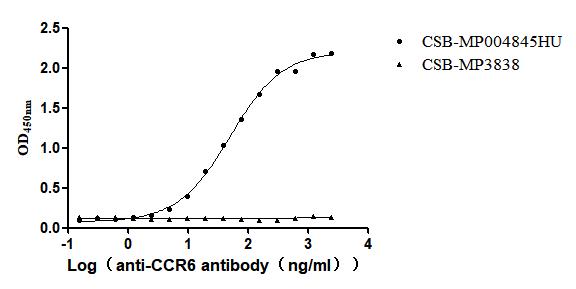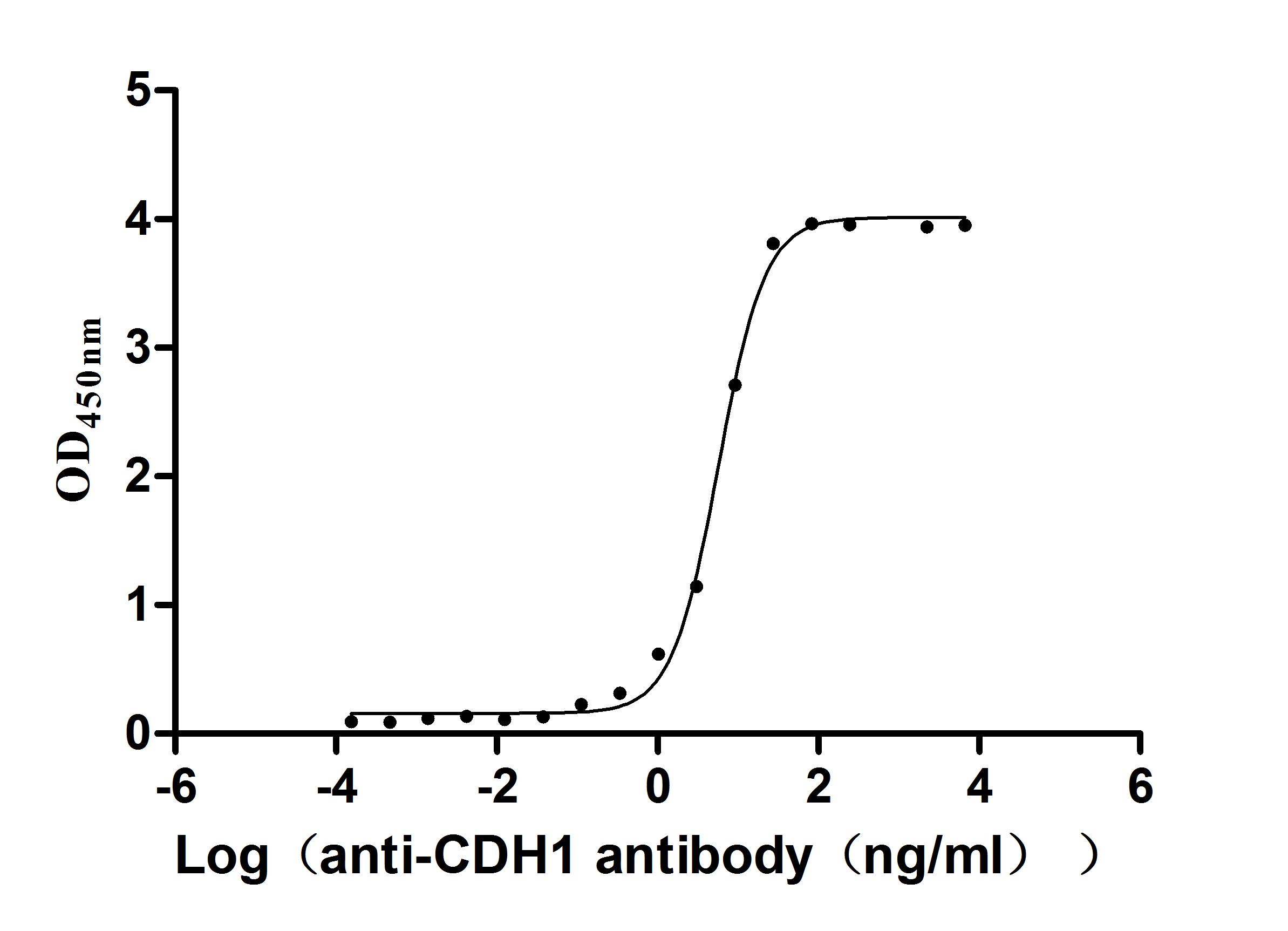Recombinant Mouse Amyloid beta A4 precursor protein-binding family A member 2 (Apba2)
-
中文名稱:Recombinant Mouse Amyloid beta A4 precursor protein-binding family A member 2(Apba2)
-
貨號:001887MO
-
規(guī)格:
-
其他:
產品詳情
-
Uniprot No.:
-
基因名:Apba2
-
別名:Apba2; X11lAmyloid-beta A4 precursor protein-binding family A member 2; Adapter protein X11beta; Neuron-specific X11L protein; Neuronal Munc18-1-interacting protein 2; Mint-2
-
免疫原種屬:Mus musculus (Mouse)
-
濃度:It differs from different batches. Please contact us to confirm it.
-
保存緩沖液:Lyophilized from Tris/PBS-based buffer, 6% Trehalose, pH 8.0
-
應用說明:Repeated freezing and thawing is not recommended. Store working aliquots at 4°C for up to one week.
-
儲存條件:The shelf life is related to many factors, storage state, buffer ingredients, storage temperature and the stability of the protein itself.
Generally, the shelf life of liquid form is 6 months at -20°C/-80°C. The shelf life of lyophilized form is 12 months at -20°C/-80°C. -
貨期:Basically, we can dispatch the products out in 1-3 working days after receiving your orders. Delivery time maybe differs from different purchasing way or location, please kindly consult your local distributors for specific delivery time.
-
用途:For Research Use Only. Not for use in diagnostic or therapeutic procedures.
靶點詳情
-
功能:Putative function in synaptic vesicle exocytosis by binding to STXBP1, an essential component of the synaptic vesicle exocytotic machinery. May modulate processing of the amyloid-beta precursor protein (APP) and hence formation of APP-beta.
-
基因功能參考文獻:
- Results indicate that both X11 and X11L exert largely in brain neurons, but X11 may also function in peripheral tissues. PMID: 27268412
- Mints 1 and 2 perform redundant synaptic functions and have a role in regulation of gamma-aminobutyric acid release PMID: 12547917
- X11beta reduces amyloid beta-protein levels and amyloid plaque formation in the brains of transgenic mice PMID: 15347685
- APPPS1 mice are well suited for studying therapeutic strategies and the pathomechanism of amyloidosis by cross-breeding to other genetically engineered mouse models. PMID: 16906128
- X11L suppresses the amyloidogenic but not amyloidolytic processing of APP in regions of the brain such as the hippocampus, which express significant levels of X11L. PMID: 17032642
- shuttled between the cytoplasm and nucleus, the former more effectively than the latter; leptomycin B (LMB) induced substantial nuclear accumulation of EGFP-X11L PMID: 18201694
- X11s associate primarily with APP molecules that are outside of DRM, that the dissociation of APP-X11/X11L complexes leads to entry of APP into DRM, and that cleavage of uncomplexed APP by BACE within DRM PMID: 18845544
- This study suggested X11L is involved in the development of neuronal circuits that contribute to conflict resolution. PMID: 19420255
顯示更多
收起更多
-
組織特異性:Specifically expressed in neurons, predominantly of the cerebellum, hippocampus, and spinal cord. Lesser extent in neurons of the cerebral cortex and anterior thalmic nuclei.
-
數(shù)據(jù)庫鏈接:
Most popular with customers
-
Recombinant Human Tumor necrosis factor receptor superfamily member 5 (CD40), partial (Active)
Express system: Mammalian cell
Species: Homo sapiens (Human)
-
Recombinant Human Complement component C1q receptor (CD93), partial (Active)
Express system: Mammalian cell
Species: Homo sapiens (Human)
-
Recombinant Human Carcinoembryonic antigen-related cell adhesion molecule 6 (CEACAM6) (Active)
Express system: Mammalian cell
Species: Homo sapiens (Human)
-
Recombinant Human Desmoglein-2 (DSG2), partial (Active)
Express system: Mammalian cell
Species: Homo sapiens (Human)
-
Recombinant Human Myosin regulatory light polypeptide 9 (MYL9) (Active)
Express system: Yeast
Species: Homo sapiens (Human)
-
Recombinant Human Myosin regulatory light chain 12A (MYL12A) (Active)
Express system: E.coli
Species: Homo sapiens (Human)
-
Recombinant Human C-C chemokine receptor type 6(CCR6)-VLPs (Active)
Express system: Mammalian cell
Species: Homo sapiens (Human)
-
Recombinant Human Cadherin-1(CDH1),partial (Active)
Express system: Mammalian cell
Species: Homo sapiens (Human)


